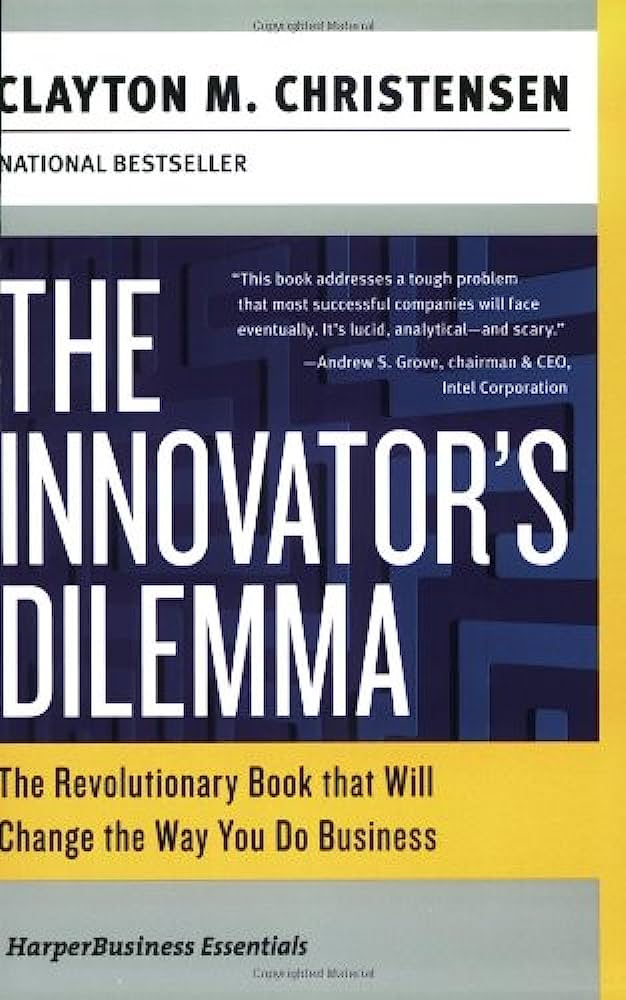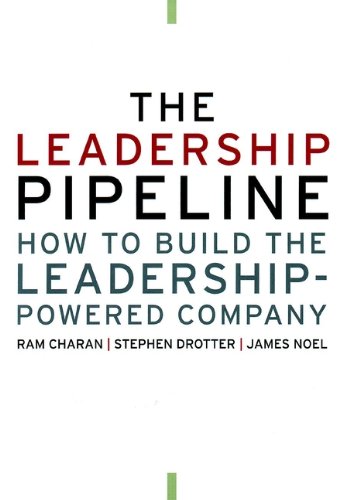Brand Sense: Sensory Secrets Behind the Stuff We Buy
RATING


Brand Sense starts with the premise that we are all intimately familiar with our senses, but it is only when one of them is missing that we realize how important they are. In most cases, the advertising community communicates almost exclusively in visual and/or auditory terms, neglecting the other three senses. In this book, the author encourages us and marketers to “smash your brand,” by considering every possible customer touch point with a view to creating or maintaining the image of the brand.
The images, sound touch, text – all need to be fully integrated. In order to elevate a brand beyond its traditional loyal base of consumers towards a bonding that resembles a religious relationship, the author provides 10 rules which are required: as sense of belonging, a clear vision, enemies, evangelism, grandeur, storytelling, sensory appeal, rituals, symbols, and mystery. He predicts that over the next decade, sensory branding will be adopted by three categories of industry for different reasons: sensory pioneers (automobile and pharmaceutical), sensory adopters (telecommunications and computer manufacturers), and sensory followers (retail and entertainment).
The author provides many good examples of leading companies which utilize sensory branding to their advantage, including Microsoft, Apple, Disney Mercedes Benz, and Singapore Airlines. The author also provides useful “action points” at the end of chapters. They suggest how to apply the material, referencing back to chapter material.
Aside from the general premise that leading brands should evoke (more of) the five senses and many examples to illustrate, this book could be much shorter and concise, even as a long article. There isn’t much more in the way of methodology or applications in it. For a more technical understanding of why the senses respond in the way they do we recommend The Buying Brain, reviewed by Senteo.
Did you know that the gratifying smell that accompanies the purchase of a new automobile actually comes from a factory-installed aerosol can containing “new car” aroma? Or that Kellogg’s trademarked “crunch” is generated in sound laboratories? Or that the distinctive click of a just-opened jar of Nescafé freeze-dried coffee, as well as the aroma of the crystals, has been developed in factories over the past decades? Or that many adolescents recognize a pair of Abercrombie & Fitch jeans not by their look or cut but by their fragrance?
In perhaps the most creative and authoritative book on how our senses affect our everyday purchasing decisions, global branding guru Martin Lindstrom reveals how the world’s most successful companies and products integrate touch, taste, smell, sight, and sound with startling and sometimes even shocking results. In conjunction with renowned research institution Millward Brown, Lindstrom’s innovative worldwide study unveils how all of us are slaves to our senses — and how, after reading this book, we’ll never be able to see, hear, or touch anything from our running shoes to our own car doors the same way again.
An expert on consumer shopping behavior, Lindstrom has helped transform the face of global marketing with more than twenty years of hands-on experience. Firmly grounded in science, and disclosing the secrets of all our favorite brands, Brand Sense shows how we consumers are unwittingly seduced by touch, smell, sound, and more.
This book will be of interest to marketers, brand managers, and managers of multinational companies, or those interested in theory and what the major companies are doing to engage the senses.

This book is primarily research-based, with many examples of how companies engage the 5 senses.
See content on this topic

Understand the value of a customer-oriented analytics package and how behavioral scenarios can be used to improve profitability through influencing behavior and usage.
To understand the principles of game dynamics and learn how to effectively use the elements of gamification in business: to involve customers, employees and contractors in the process.
Understanding branding and communications from the standpoint of emotional engagement and building relevant and meaningful dialogue with customers.
This course covers a complete view of customer touch points (both physical and virtual) and a unique model for standardizing and managing customer contact models across channels including approaches for customer feedback, quality management, and migration.
Experiential Branding & Communications – Improving Brand Integration Through Emotional Engagement.
This course covers a complete view of customer touch points (both physical and virtual) and a unique model for standardizing and managing customer contact models across channels.




 Copy Link
Copy Link
 E-mail
E-mail
 LinkedIn
LinkedIn
 Facebook
Facebook
 Telegram
Telegram
 WhatsApp
WhatsApp
















 Go Back
Go Back
Leave a Reply
You must be logged in to post a comment.